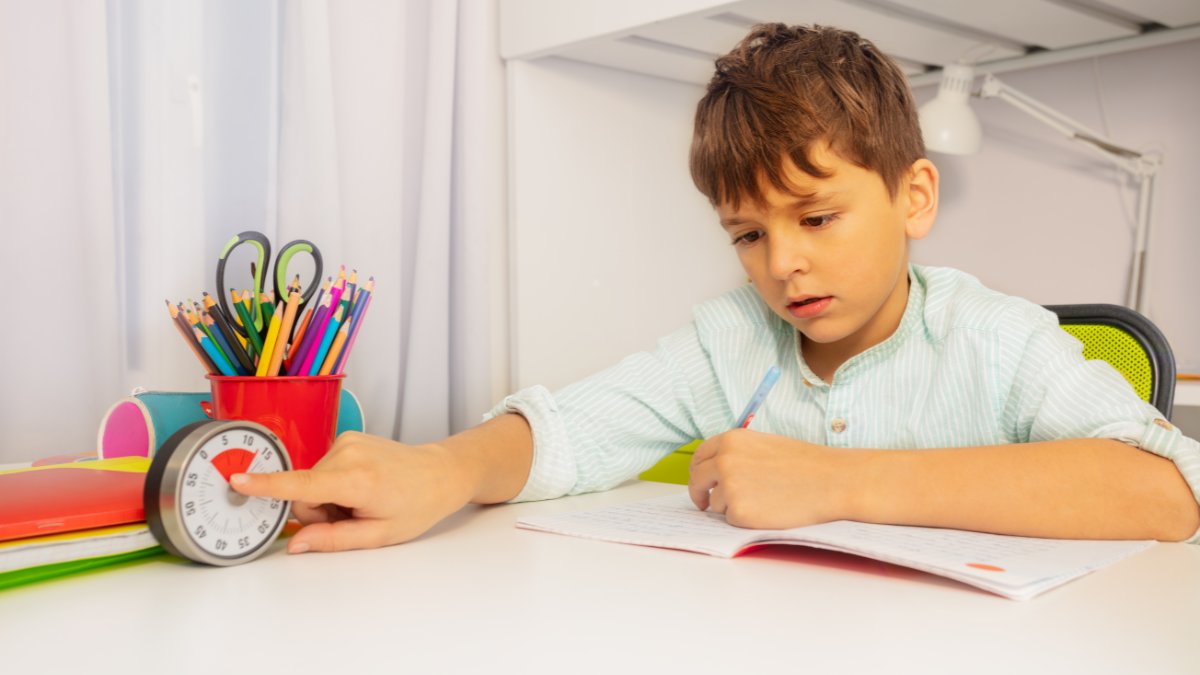Autistic Child Won’t Sleep Alone? Effective Sleep Strategies
Discover tips for parents of an autistic child who won't sleep alone to create peaceful nights for everyone.
.avif)
Autistic Child Won’t Sleep Alone? Effective Sleep Strategies
Understanding the Situation
Challenges Faced by Parents of Autistic Children Who Won't Sleep Alone
Parents of children with autism may encounter various difficulties when their child refuses to sleep alone. These challenges can include heightened anxiety for the child, difficulty in establishing a calming bedtime routine, and disruptions in family dynamics. The impact of these struggles extends beyond bedtime, affecting the overall well-being of both the child and the parents.

Importance of Addressing Sleep Issues
Addressing sleep difficulties in autistic children is crucial for several reasons. Adequate sleep contributes to improved behavior, emotional regulation, and overall mental health. It is essential for the development of children, enabling them to learn, grow, and thrive.
Proper sleep can also enhance the ability to cope with daily challenges. It plays a significant role in fostering healthier family dynamics, as well-rested parents are typically better equipped to manage the demands of caregiving.
By recognizing these challenges and the significance of resolving sleep issues, parents can begin to implement strategies that promote healthier sleep habits for their autistic children.
Creating a Supportive Sleep Environment
Creating the right sleep environment is essential for helping an autistic child who won’t sleep alone. It involves designing a calming bedroom space and utilizing relaxation techniques to promote a sense of security and comfort.
Designing a Calming Bedroom Space
A calming bedroom can significantly impact a child's ability to fall asleep. The atmosphere should be soothing and tailored to meet the child’s preferences. Consider the following elements when designing the space:
Utilizing Relaxation Techniques Before Bedtime
Incorporating relaxation techniques before bedtime can help create a smoother transition to sleep. These techniques can assist in calming both the mind and body, making it easier for the child to wind down.
Creating a supportive sleep environment with a calming bedroom and relaxation techniques can facilitate better sleep and help an autistic child feel secure and ready for rest.
Implementing Consistent Bedtime Routines
Creating a structured bedtime routine is vital for helping an autistic child who won't sleep alone. Consistency can provide comfort and security for both the child and the parents. This section discusses establishing predictable nighttime rituals and the importance of maintaining consistency and structure.
Establishing Predictable Nighttime Rituals
Bedtime rituals can vary widely and should be tailored to each child's needs. By establishing a clear sequence of activities leading to bedtime, children can better understand what to expect. Common components of a calming nighttime routine may include:
Each activity should be consistently followed in the same order every night. This predictability helps the child feel more secure and reduces anxiety about sleeping alone.
Importance of Consistency and Structure
Consistent routines provide a sense of security and predictability that is particularly beneficial for autistic children. Structure helps the child to understand the sequence of events leading to sleep. Parents should aim to keep the bedtime routine as similar as possible each night.
By fostering a consistent environment, parents can help their child transition from daytime activities to a restful nighttime state with greater ease. This structure assists in addressing the challenges some autistic children face when sleeping alone.
Communication and Understanding
Effective communication is key for helping an autistic child who won’t sleep alone. By fostering a supportive dialogue, parents can better understand their child's feelings and needs.
Encouraging Open Communication with the Child
Open communication allows an autistic child to express their thoughts, fears, and preferences regarding bedtime. Creating a safe space for discussion makes it easier for the child to share their concerns. Here are strategies to promote open communication:
Understanding Your Child's Unique Needs and Triggers
It is essential to recognize the individual needs and triggers of an autistic child. Understanding these factors can significantly improve their bedtime experience. Common needs and triggers can be categorized as follows:
Parents should observe their child's reactions to different stimuli and routines. By identifying these unique elements, they can tailor bedtime practices to better suit their child's needs, thus promoting a more peaceful sleep environment. Understanding and addressing these areas can help mitigate sleep challenges and improve overall well-being for both the child and their family.
Seeking Professional Guidance
When dealing with the challenges of an autistic child who won't sleep alone, seeking professional guidance can be a beneficial step. Healthcare experts and specialized programs can provide insights and solutions tailored to individual needs.
Consulting with Healthcare Providers and Specialists
Consulting with healthcare providers is an important step for parents. These professionals can offer assessments and personalized recommendations to address sleep issues effectively. They may suggest evaluations from psychologists, pediatricians, or sleep specialists.
The following table outlines the types of specialists and the potential roles they play:
Engaging with these specialists helps in understanding the underlying issues that may contribute to sleep challenges.
Exploring Therapeutic Interventions and Support Programs
Therapeutic interventions can offer tailored support for children who struggle with sleeping alone. These programs may include various strategies designed to facilitate better sleep patterns and improve comfort.
The following table outlines common therapeutic interventions and their intended benefits:
Exploring these options with professional support can lead to effective strategies and improved sleep for both the child and the parents.
Self-Care for Parents
Parenting an autistic child who won't sleep alone can be particularly demanding. Therefore, it is vital for parents to focus on their own self-care and well-being to effectively support their child.
Prioritizing Self-Care and Well-Being
Self-care is essential for maintaining physical, emotional, and mental health. When parents prioritize their own well-being, they are better equipped to manage the daily challenges that arise from parenting. Taking time for oneself can improve resilience and overall happiness.
It is critical for parents to carve out dedicated time for these activities. This can be as simple as a quiet moment with a book or scheduling regular exercise sessions.
Coping Strategies for Managing Stress and Fatigue
Managing stress and fatigue is crucial for parents, especially when faced with the challenges of supporting an autistic child. Developing effective coping strategies can help ease tension and promote emotional stability.
In addition to these strategies, practicing gratitude and maintaining a positive outlook can enhance resilience. Regularly acknowledging achievements, no matter how small, can help parents stay motivated and connected to their own well-being.
Sources
https://www.bluesprigautism.com/how-to-get-a-child-with-autism-to-sleep-alone
https://www.autismparentingmagazine.com/sensory-issues-trouble-sleeping
https://livingautism.com/autism-and-sleep-ten-possible-strategies



.jpg)
.jpg)
.jpg)
.jpg)
.jpg)






